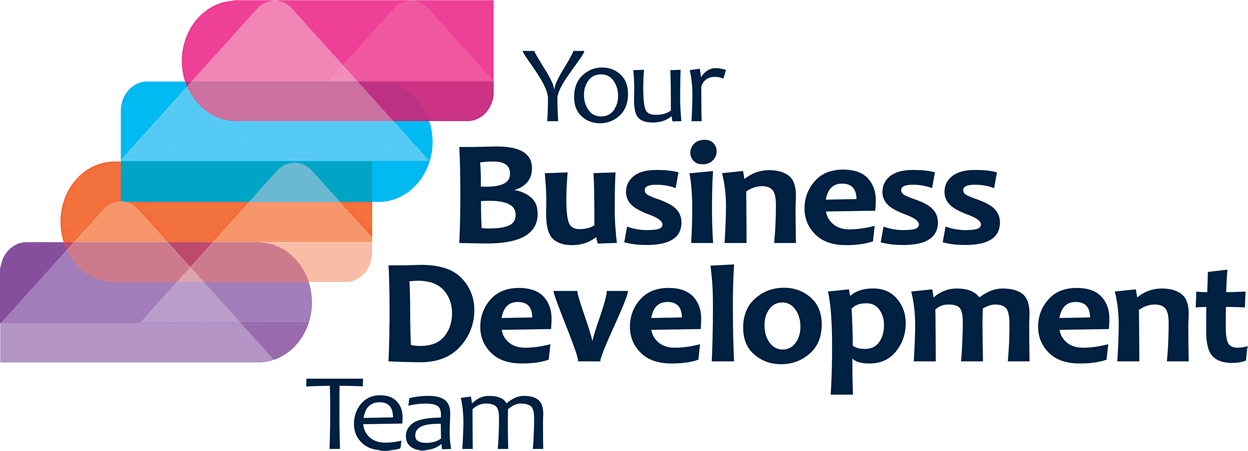Heraclitus the Greek philosopher was one of the first people to realise that ‘there is nothing permanent except change’. Since then many quotes were written based on this concept which has become a bit of a cliché. Nevertheless, the massive change presented to us through the referendum of last week was a sharp reminder of this.
Having said all of that, why am I then telling you to stick to your sales process? Here are a few reasons:
- A good sales process can help you keep calm in the eye of the storm: take the current mess we are facing, your sales process can remain a welcome constant when lots of other things are changing around you.
- All too often a sale can be utterly ruined by not keeping to the sales process stages. Often this happens because it can be very tempting to jump the gun and close the sale far too early. Keeping to the sales process and its defined stages can really help making sure that this does not happen, thus improving your conversion rate.
Many people including myself have written Blogs, guides and manuals about the sales process and how to define one for your business. Whether you have a three step sales process or a 17 steps sales process the aim remains the same: to systemise selling within your company. Done well the process should replicate the experience of selling success gathered in your business over time. It should spring from the understanding of what makes your product different and what customers like about you and what you do.
But let’s take this another step forward and assume you already have a sales process in place. The next challenge will be to stick to it, especially as your business grows. Like lots of other processes which you may have systemised, your sales process can end up in a forgotten folder on a dusty shelf. So here are a few things you can do to aid sticking to your sales process:
- Keep it as simple as possible, always opt for three steps instead of 17 if possible
- Run it past your team, ask their opinion and make sure they are clear and trained on the process
- Ensure it is on your CRM system, whichever one you are using, driving sales activities and reminding you and your team of the next step
- Include specific KPI’s in every step of the process to make management of the process easier
Sticking to my sales process I must now remind you that a review of your sales process forms an important part of any business strategy plan, ours included. Seize the day, have a look at your sales process to see if it is fit for purpose. If not, do something about it soon.
I will be delighted to discuss this further with you. Do share if you found the Blog useful and let me have your thoughts and feedback.


